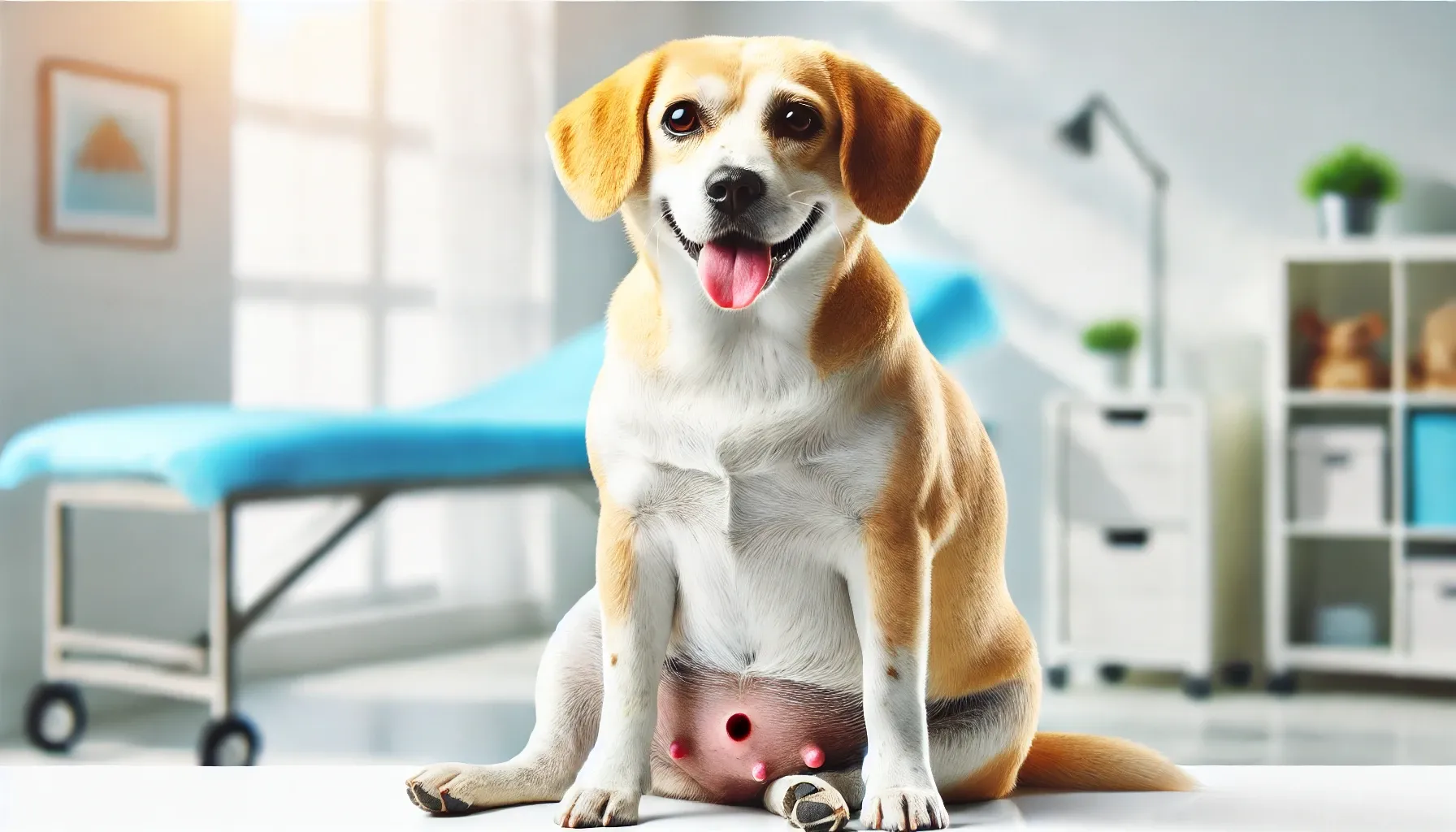Common Locations
Warts often occur around the mouth, eyes, and between the toes but can be found anywhere on your dog’s body.

As devoted dog parents, any new bump or blemish on our furry companions can cause concern. One such common issue is discovering small, cauliflower-like growths on your dog’s skin or around their mouth—known as warts or papillomas. This guide will help ease your worries by explaining the causes, symptoms, and treatments for warts in dogs.
Warts, medically referred to as papillomas, are benign skin growths caused by the canine papillomavirus. They typically appear as small, flesh-colored bumps with a rough, cauliflower-like texture.
Common Locations
Warts often occur around the mouth, eyes, and between the toes but can be found anywhere on your dog’s body.
The canine papillomavirus, which only affects dogs, is the primary cause of warts. Here’s a quick breakdown of the virus:
In most cases, warts are benign and cause no discomfort. They may even disappear on their own as the immune system fights off the virus. However, warts that become irritated or infected could lead to discomfort and require attention.
Harmless Warts
Most warts are harmless and resolve without intervention.
When to Be Concerned
Look out for irritated, inflamed, or infected warts that cause discomfort.
No need to worry about catching warts from your dog. The canine papillomavirus does not spread to humans or other pets. However, if you have multiple dogs, monitor them for signs of warts as the virus is contagious among canines.
While warts are generally harmless, there are situations when veterinary care is necessary. You should consult a veterinarian if:
In many cases, warts will resolve on their own. However, treatment may be needed if the wart causes discomfort or risk of infection. Treatment options include:
Surgical removal may be recommended under local or general anesthesia.
Cryotherapy involves freezing the wart off with liquid nitrogen.
Topical treatments or immune-boosting therapies may be prescribed.
Preventing warts can be difficult due to the widespread presence of the canine papillomavirus. However, maintaining your dog’s overall health can reduce the risk:
Discovering a wart on your dog can be alarming, but rest assured that most warts are harmless. Regularly check your dog’s skin during grooming sessions, and if you have concerns, don’t hesitate to consult your veterinarian. Staying informed helps ensure your furry friend stays healthy and happy.